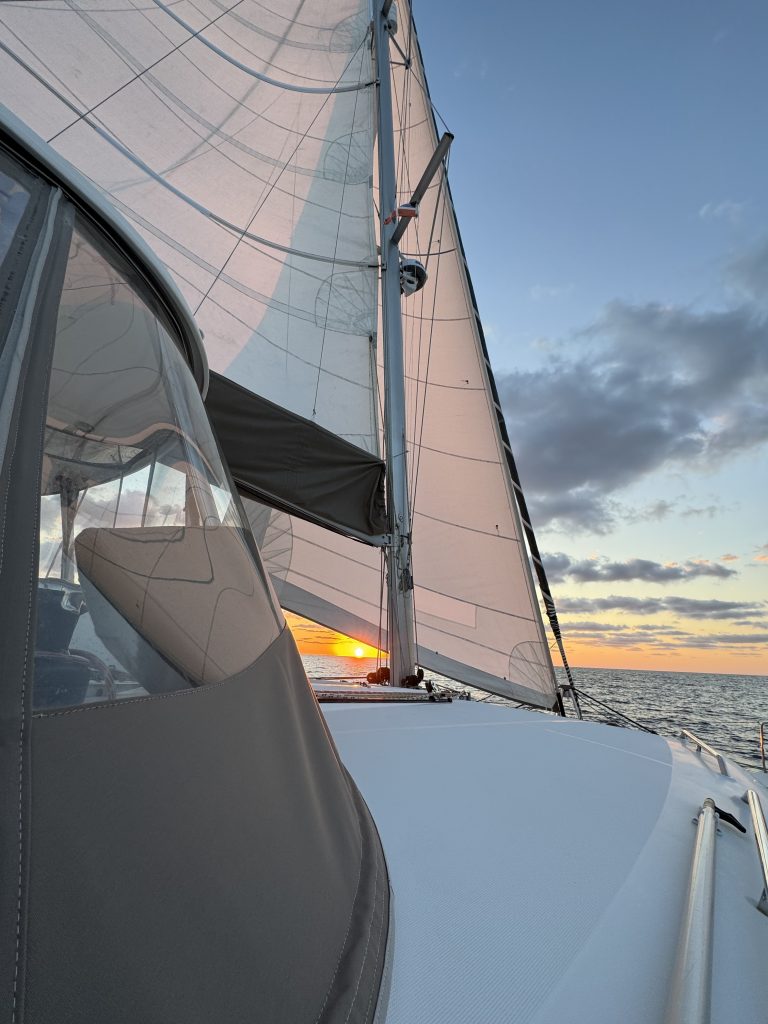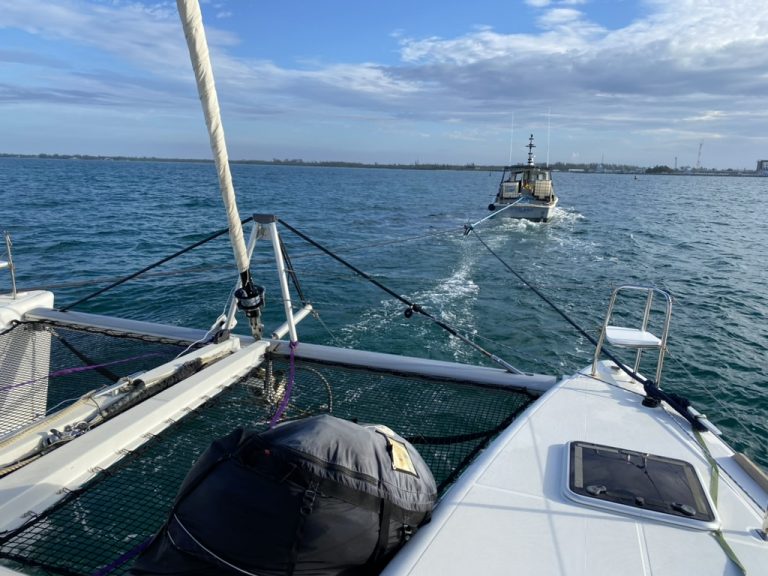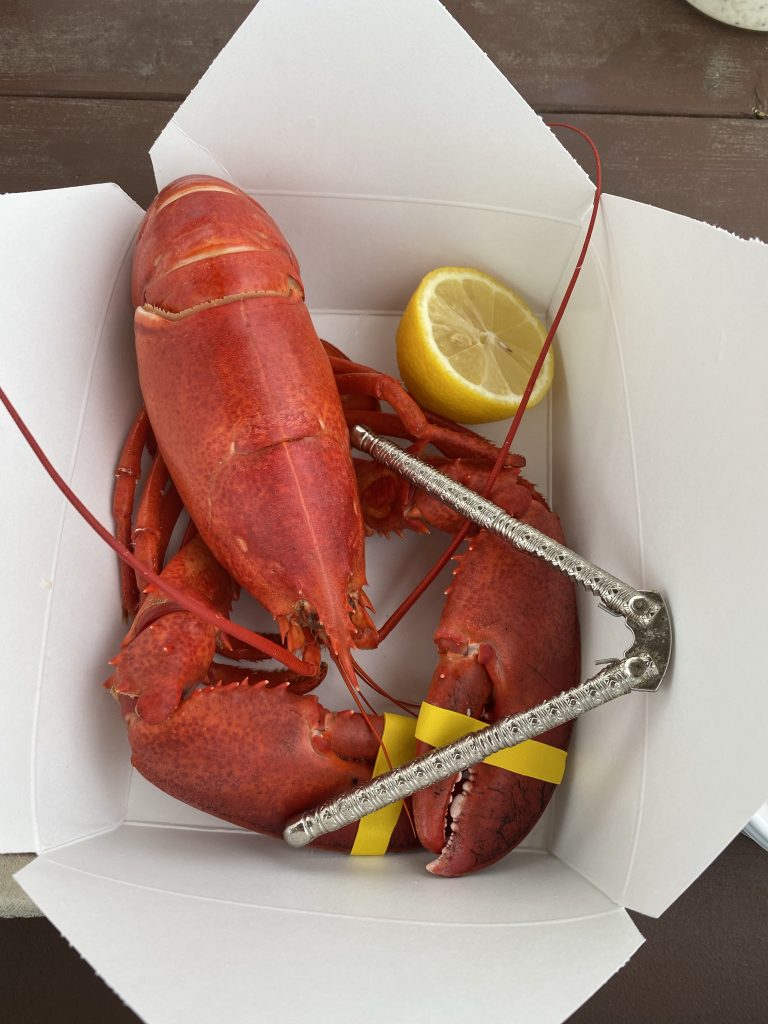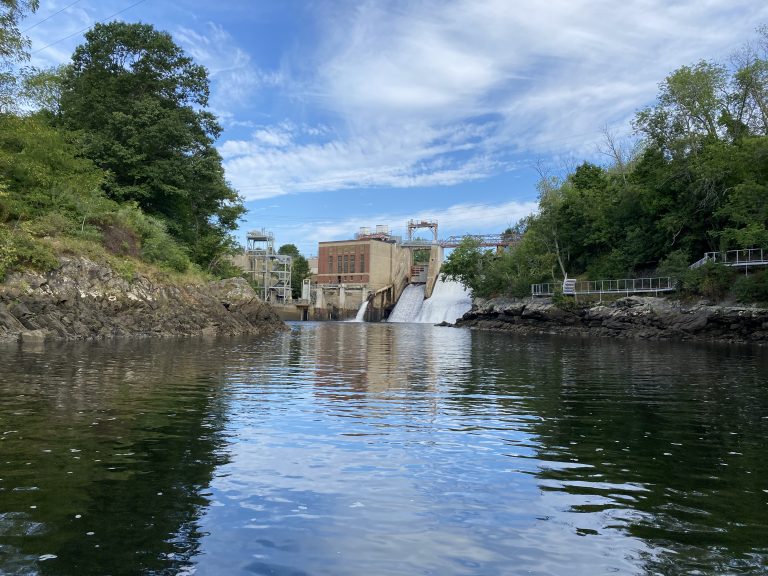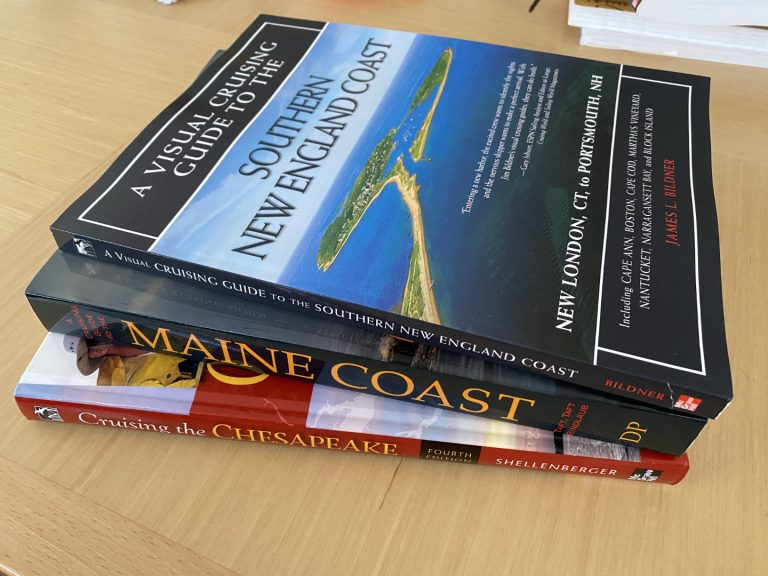On Monday, April 15th, we departed from Green Turtle Cay in the Bahamas, bound for Norfolk, VA. Our friends, the wonderful Jerda and Jeremy, had flown into Marsh Harbour a few days prior to join us for what was anticipated to be a four to five day passage. In terms of distance, this journey promised to be our most extensive yet. Utilizing the Gulf Stream for efficiency, we charted a course from the Bahamas to Virginia. Exiting the Abacos just north of Manjack Cay, we set our sights northwestward once we cleared the outer reef. It took approximately 24 hours for us to reach the Gulf Stream. Tuesday and Wednesday blessed us with near-perfect conditions. We enjoyed winds ranging from 6 to 15 knots, favorably positioned just behind the beam, while a 3-5 knot current propelled us northward. During these two days, our average speed surged to an impressive 10…
“Beware the Ides of March.” – Shakespeare, Julius Caesar March 15, 2023 at 4:52AM Fizzgig was struck by lightning. Fizzgig is a Lagoon 450F with a 75’ air draft. Chapter One: The Strike or “Crazy Harry Plays With Electricity”Ryan and I left George Town a day earlier, expecting bad weather coming our way and looking for a safe place away from the busy Elizabeth Harbour, where over 400 boats were anchored. Our destination was Thompson Bay in Long Island, and the sail was amazing. We had a great combination of wind speed and direction that pushed us smoothly out of the harbor and straight to Thompson Bay. These moments, where everything works together nicely, make the difficulties of cruising worth it. When we got there, we anchored, readying ourselves for the strong weather forecasted. The wind was blowing hard and woke us early on the 15th, before it was light…
We left Maine at the end of August after picking up our daughter from the Portland, ME airport. (pro tip: there is not a convenient anchorage in Portland for an airport pick-up… especially if your visitor is arriving on a late night flight… we stayed at Spring Point Marina for one night which was lovely. They gave us a free dry bag when we checked in.) We left the morning after we picked her up and headed to Biddeford Pool for a quick stopover for a lobster dinner. Our goal was to get to Boston. Boston and Salem (and a day in NYC) There is no anchoring in Boston Harbor so we took a mooring ball at Boston Waterboat Marina which is right next to the Aquarium. It would have been difficult to get any closer to downtown Boston. This mooring field is tightly packed and rather notorious for being…
We are in Maine and it has been worth the wait. As my daughter once exclaimed upon rolling down the windows on our way to Redmond from the Sea-Tac airport after spending several months in the Sea of Cortez, “I smell trees!!!” The scenery is similar to Puget sound. We are surrounded by pine trees and rocky cliffs. The weather here is not oppressive and lightning not as ever-present as it is further south. It is has been so enjoyable, we decided we are going to come back again next summer for a longer period of time. There is a lot more of New England I want to experience and explore and time just keeps moving faster. This trip has has been deemed a scouting mission for next year. Here are some highlights from the past few weeks. Wood Island Harbor (43°27.250’N 70°21.070’W) This was our first stop on the way…
Winter is getting ready to wind to a close and I have been thinking about moving north this summer. I don’t really want to spend another hurricane season in our current location. Summers in North Carolina are hot and muggy with the occasional lightning storm, hurricane, tornado, or my favorite, the hurricane with tornadoes and lightning.


